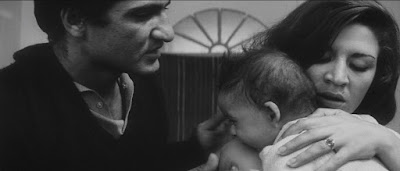گزارش دومين فستيوال بينالمللي سينماي صامت استانبول
احسان خوشبخت
چطور ميتوان در شهري احساس راحتي كرد كه رانندگي رانندههايش به ارابهراني
بن هور ميماند، تعداد پليس ضد شورش در خيابانهايش با تعداد شهروندان برابري ميكند
و هميشه لايهاي قهوهايِ روشن از غبار و سموم معلقْ خط آسمان شهر را رنگ ميكند؟
پيشاپيش بايد بگويم اين توصيف تهران نيست، بلكه همزاد قديمي آن استانبول است كه با
وجود تمام مصائب هميشگي به اندازه تهران، و چه بسا بيشتر، گيرايي دارد و به اندازه تمام گربهها و سگهاي سرگردانش
وقايع فرهنگي در آن رخ ميدهد.
دومين جشنواره يا به عبارت دقيقتر «روزهاي» سينماي صامت استانبول با پشتيباني
فستيوال «ايل چينما ريتراتو» (بولونيا) و آرشيو فيلم EYE (آمستردام) از روز سوم تا ششم دسامبر در سه سالن سينما
(انيستتوي فرانسه، موزۀ استانبولِ مدرن و موزۀ پرا) كه همگي در انشعابهايي از
خيابان پرماجراي استقلال قرار داشتند برگزار شد. مدير بسيار جوان و مستقل جشنواره، خانمِ ناگهان اوسكان
است كه به طور مبهم از معناي اسمش در فارسي آگاهي داشت، اما نه در آن اندازه كه
بداند تصادفاً يكي از فيلمهاي محبوبش در فارسي عنوانش هست ناگهان بالتازار.
مضمون اصلي اين دوره از اين فستيوال خردسال كه تعداد زيادي فيلم كوتاه و چند
فيلم بلند حول آن نمايش داده شد «تولد زن مدرن» بود، مضموني كه بعد از جنگ جهاني
اول و با پيشرفت تكنولوژي، حضور سينما و تغييرات فرهنگي جوامع غربي ضرورت طرح پيدا
كرد. فيلمهاي اين بخش اكثراً توسط يكي از مهمترين متخصصان سينماي زنان در سالهاي
صامت و آرشيويستِ برجسته سوييسي ماريان لويينسكي انتخاب شدهاند كه مشعل به دست در
غار تاريك سينماي سالهاي نخستين پيش ميرود و به جاي نقاشيهاي ديواري آنچه
آشكار ميكند فيلمهاي درخشان از پيشگامان فراموش شدۀ سينمايند.







